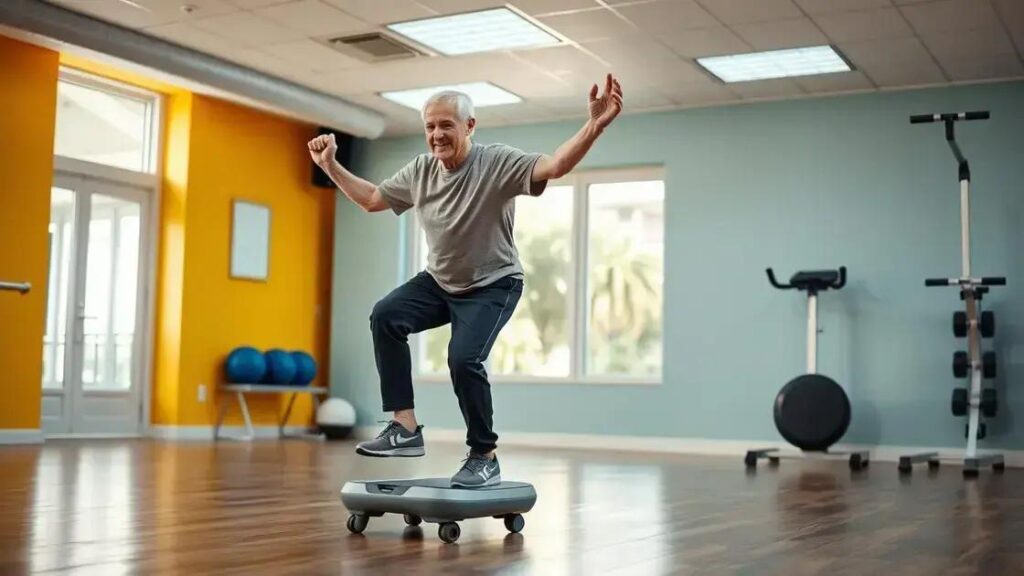The role of balance boards in aging fitness is significant, as they improve balance, enhance core strength, reduce fall risk, and boost confidence in movement for seniors. Incorporating exercises like squats and single-leg balances can provide key benefits while following safety tips ensures a secure and effective workout.
As we age, maintaining our fitness becomes increasingly important for our overall well-being. The role of balance boards in aging fitness is significant as they help improve stability and strength. This article delves into how balance boards can support seniors in their fitness journey, enhancing mobility and reducing fall risk. Join us as we explore their benefits, exercises, and essential safety tips for getting started.
Understanding Balance Boards
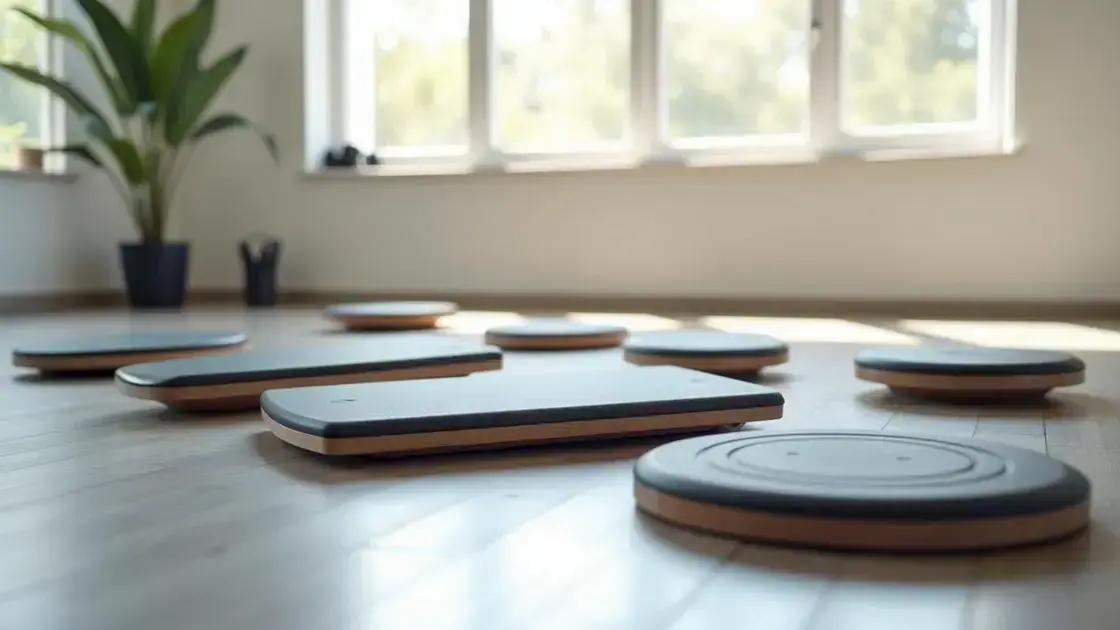
Balance boards are specialized fitness tools designed to improve stability and core strength. These boards can be a simple platform or a device that rocks or tilts, challenging a person’s balance and coordination. Understanding balance boards is essential, especially for older adults looking to enhance their physical stability.
Types of Balance Boards
There are various types of balance boards available. Some are flat, while others have a curved base that allows for rocking motion. Wobble boards are circular and can rotate, while rocker boards tilt forwards and backward. Each type offers different benefits and can be chosen based on personal fitness goals and preferences.
How They Work
Balance boards require users to engage their core muscles to maintain stability. As people shift their weight, their body must respond to stay balanced. This response involves various muscles, promoting overall strength and coordination. For seniors, the consistent use of balance boards can help improve their stability, which may reduce the risk of falls.
Who Can Use Balance Boards?
Balance boards can be used by people of all ages and fitness levels. While they can be particularly beneficial for older adults, anyone looking to enhance their balance and core strength can use them. It’s important for beginners to start slowly and gradually increase the difficulty as they gain confidence and strength.
Balance boards not only serve as engaging exercise tools but also as a way to incorporate fun into fitness routines. Working with balance boards encourages creativity in workouts and can help keep individuals motivated.
Benefits for Aging Fitness
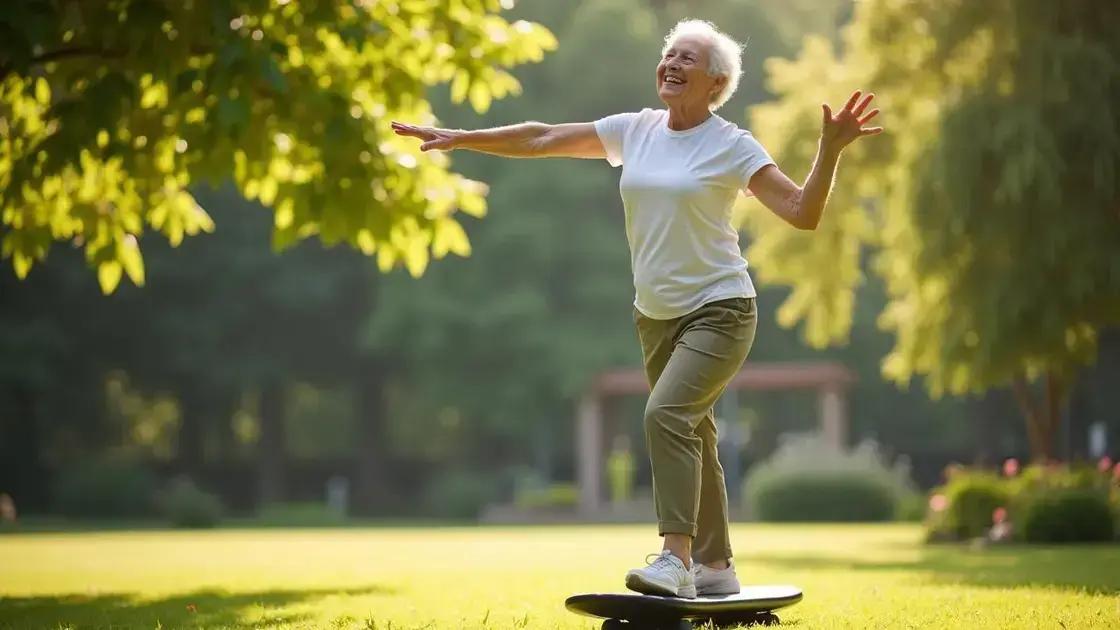
Balance boards offer numerous benefits for aging fitness, making them an excellent choice for older adults. One key benefit is improved balance. As people age, they often experience a decline in balance and coordination. Regular use of balance boards can help counteract this decline, allowing for better stability in daily activities.
Enhanced Core Strength
Using a balance board engages the core muscles. Stronger core muscles are essential for maintaining good posture, which can help prevent back pain. Additionally, a strong core is vital for overall functional strength and mobility.
Reduced Risk of Falls
Falls are a significant concern for older adults, often leading to serious injuries. By training on balance boards, seniors can enhance their proprioception—awareness of their body in space. This awareness leads to quicker reflexes, helping reduce the likelihood of falls and related injuries.
Increased Flexibility and Joint Stability
Incorporating balance boards into exercise routines promotes flexibility and joint stability. As seniors work on different movements on the board, they stretch and strengthen various muscle groups. This not only increases flexibility but also supports joint health.
Boosted Confidence in Movement
As older adults practice using balance boards, they begin to feel more confident in their movement abilities. This increased confidence can motivate them to engage in more physical activities, leading to better overall health.
Overall, the advantages of using balance boards can inspire older adults to stay active, which is crucial for maintaining health as they age.
Exercises with Balance Boards
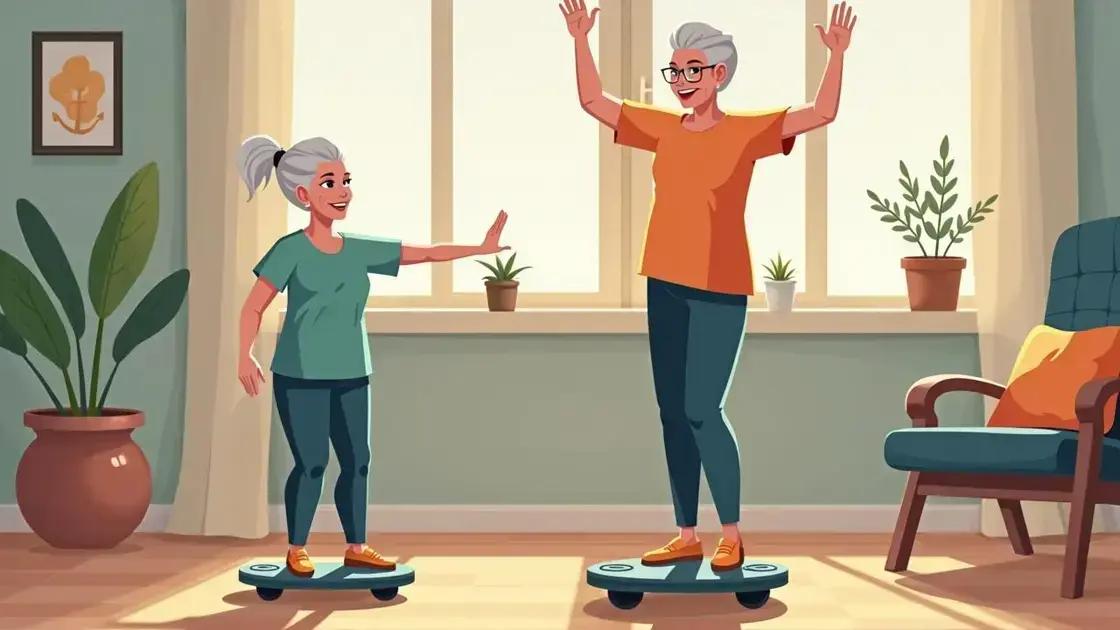
Incorporating exercises with balance boards into a fitness routine can significantly benefit seniors. Here are some effective exercises to try:
1. Basic Balance Stand
Stand on the balance board with feet shoulder-width apart. Hold your arms out for balance. Try to maintain this position for 30 seconds, gradually increasing the time as you get more comfortable.
2. Squats on the Board
With feet on the balance board, lower your body into a squat while keeping your back straight. Hold the squat position for a few seconds before standing back up. Repeat this exercise for 10-15 repetitions.
3. Single-Leg Balance
Stand on one leg on the balance board, raising the other leg slightly off the ground. Hold this position as long as you can, aiming for at least 10 seconds on each leg. This exercise enhances strength and stability.
4. Step-Ups
Place one foot on the balance board while the other remains on the ground. Push through your foot on the board to lift your body, bringing the other foot up. Step back down and alternate legs. Perform 10-12 repetitions for each leg.
5. Tipping and Tilting
Gently lean forward, backward, and side to side on the balance board. This motion engages various muscles and promotes core stability. Start with slight movements and increase the range as you improve.
These exercises can be modified to fit individual fitness levels and abilities. Always ensure there is proper support nearby when practicing these movements.
Tips for Safe Usage
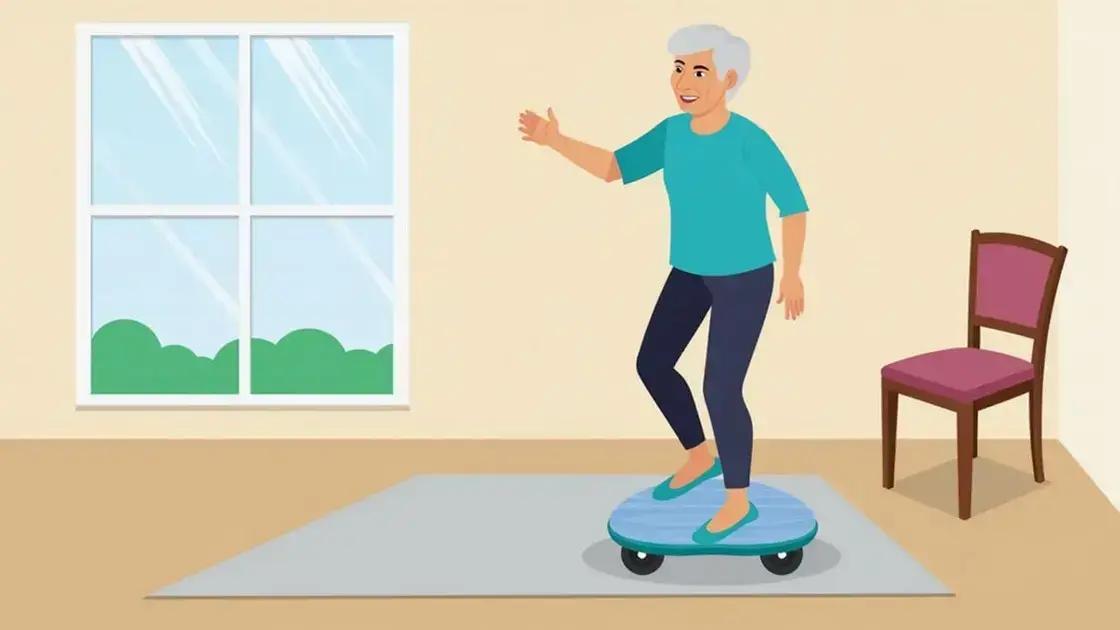
Using balance boards can be very beneficial, but it’s essential to follow tips for safe usage to prevent injuries. Here are some important guidelines:
1. Start Slowly
If you are new to balance boards, take time to become familiar with the movements. Begin with basic exercises and gradually increase the difficulty as you feel more comfortable.
2. Use a Support
Always have a sturdy object nearby for support, such as a wall or a chair. This can help you maintain balance and prevent falls, especially when starting out.
3. Wear Appropriate Shoes
Choose shoes with good grip and support. Avoid slippery soles to reduce the risk of slipping off the board while performing exercises.
4. Practice on a Soft Surface
When first using a balance board, try practicing on a carpet or gym mat. This provides a cushioned surface in case you lose your balance and fall.
5. Avoid Distractions
Focus on your movements when using a balance board. Avoid distractions, like watching TV or using your phone, which can lead to accidents.
6. Listen to Your Body
If you feel any pain or discomfort while using the balance board, stop immediately. It’s essential to listen to your body and consult with a healthcare provider if necessary.
By following these tips, seniors can safely enjoy the benefits of balance boards while minimizing the risk of injury.
Embracing Balance Boards for Aging Fitness
The role of balance boards in aging fitness is truly transformative, providing numerous benefits for older adults. These tools enhance balance, strength, and stability while reducing the risk of falls. By incorporating various exercises, seniors can enjoy a fun and effective way to stay active.
It is important to practice safe usage methods to maximize the benefits and minimize risks. With the right approach, seniors can not only improve their physical health but also boost their confidence in daily activities.
Overall, balance boards offer an excellent solution for maintaining fitness as we age, encouraging movement, and promoting overall well-being.
FAQ – Frequently Asked Questions About Balance Boards in Aging Fitness
What are balance boards?
Balance boards are fitness tools that help improve stability and core strength by challenging your balance and coordination.
How do balance boards benefit seniors?
Balance boards enhance balance, reduce the risk of falls, improve core strength, and boost confidence in movement for older adults.
What exercises can seniors do on balance boards?
Seniors can perform various exercises including basic balance stands, squats, single-leg balances, step-ups, and tipping and tilting movements.
What are some tips for safe usage?
Start slowly, use a support like a wall or chair, wear appropriate shoes, practice on a soft surface, avoid distractions, and listen to your body.
Can anyone use balance boards?
Yes, balance boards can be used by people of all ages and fitness levels, but seniors should start with basic exercises and ensure safety.
How often should seniors practice on balance boards?
It’s recommended that seniors practice on balance boards several times a week, starting with short sessions and gradually increasing duration.

